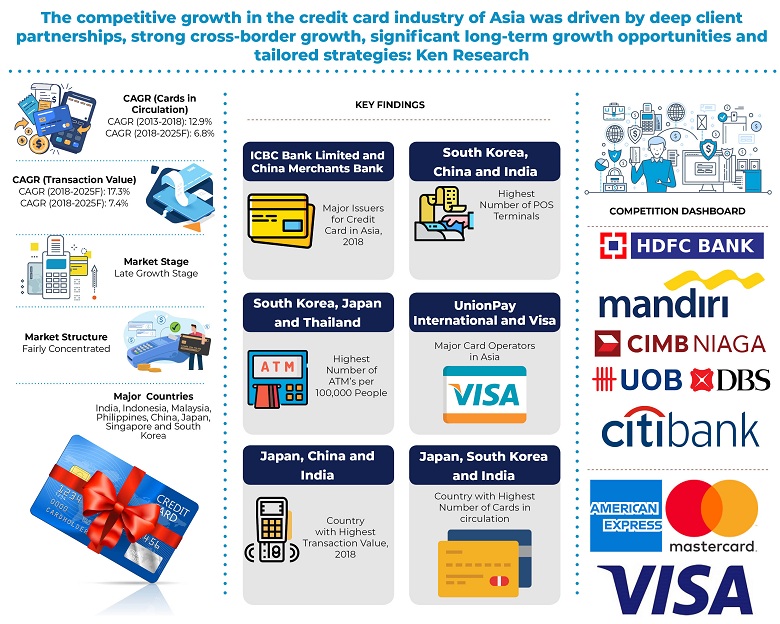What is the Size of US Micro Lending Industry?
US Micro Lending Market is expected to grow at a CAGR of ~ % in 2022 and is expected to reach ~USD Mn by 2028. Micro-lending is a driving force behind efforts to promote financial inclusion. Many individuals and small businesses lack access to traditional banking services or face barriers in obtaining credit. Micro-lenders offer accessible financing options, helping bridge this gap and empowering underserved populations to participate in economic activities. The rise of startups and small businesses has led to an increased demand for flexible and immediate financing. Micro-lending addresses their funding needs for initial capital, expansion, working capital, and operational adjustments, propelling their growth and innovation.
Moreover, regulatory changes that encourage responsible lending practices and consumer protection contribute to the growth of micro-lending. Focused efforts to balance innovation with consumer safeguards foster a favorable environment for micro-lending expansion. Micro-lending supports economic recovery by providing access to capital for individuals and businesses during challenging times. This aids in preserving jobs, stimulating entrepreneurship, and bolstering local economies.

Click Here :- Download a sample Report
US Micro Lending Market By type of product
The US Micro Lending market is segmented by Microloans, Savings and Deposit Services, Micro insurance and Remittances. In 2022, in type of product segment, microloans are dominance in US Micro Lending market. Microloans, characterized by their relatively small loan amounts, have gained prominence due to their suitability for a wide range of borrowers. Small businesses, startups, and individuals often require quick and accessible financing for immediate needs such as working capital, equipment purchases, or unexpected expenses. Microloans provide a tailored solution for these scenarios, offering manageable borrowing options without overwhelming debt commitments.
US Micro Lending Market by end user
In US Micro Lending market, they are segmented by small enterprises, Solo entrepreneurs & self-employed, Farmers & Agriculture workers, Healthcare Recipients and Small enterprises. In 2022, in end user segment, small enterprises are dominance in US Micro Lending market. Small enterprises often face challenges accessing traditional financing options from banks and larger financial institutions. Micro lending platforms have stepped in to bridge this gap, offering streamlined application processes, faster approvals, and smaller loan amounts tailored to the needs of these businesses.
The US Micro Lending market is segmented by Region into North, South, East, West. In 2022, the dominance region is north region in US Micro Lending market. The North region’s diverse industries, technological infrastructure, and access to skilled professionals contribute to its prominence in the micro-lending market. The established ecosystem of financial expertise, combined with the region’s economic diversity, positions the North as a hub for both traditional and innovative micro-lending solutions, influencing its dominance in 2022.
Visit this Link:- Request for custom report
Competition Scenario in US Micro Lending Market
The US micro-lending market is marked by intense competition as various players aim to cater to the diverse financial needs of individuals and small businesses. Established financial institutions like JPMorgan Chase and Wells Fargo have ventured into micro-lending, leveraging their brand recognition and infrastructure to offer small-dollar loans.
Furthermore, peer-to-peer (P2P) lending platforms like Funding Circle enable individuals to invest directly in loans for small businesses, creating a unique form of competition and democratizing lending. Emerging neo-banks such as Chime and Varo Money offer overdraft protection and small-dollar credit lines, tapping into their growing customer base to provide micro-lending options with a focus on consumer-friendly terms. Credit unions and community development financial institutions (CDFIs) also compete by offering micro-lending programs that align with their mission to serve underserved communities.
What is the Expected Future Outlook for the Overall US Micro Lending Market?
The US Micro Lending market was valued at USD ~Million in 2022 and is anticipated to reach USD ~ Million by the end of 2028, witnessing a CAGR of ~% during the forecast period 2022- 2028. The integration of technology, particularly digital platforms and artificial intelligence, will likely drive the micro-lending market. Online lending platforms will continue to grow, making the application process more convenient and accelerating loan approvals. Micro-lending is expected to play a crucial role in promoting financial inclusion, especially among underserved communities and individuals lacking access to traditional credit sources. Online platforms and mobile apps can bridge this gap by offering accessible and affordable loan options.
The use of alternative data sources for assessing creditworthiness will expand. This includes analyzing factors beyond traditional credit scores, such as social media activity, payment history, and education levels, to assess risk and determine loan eligibility. Regulatory changes will impact the micro-lending market. Striking the right balance between fostering innovation and ensuring consumer protection will be a challenge. Regulations governing interest rates, fees, and transparency will continue to influence lending practices. Moreover, Micro-lending could expand its focus beyond individuals to include small and medium-sized enterprises (SMEs). Online platforms can offer swift and accessible funding options to help these businesses grow and innovate.
Micro-lenders might emphasize education and financial literacy initiatives to empower borrowers with better financial management skills. This could lead to more responsible borrowing and reduced default rates. As digital lending becomes more prevalent, ensuring data security and privacy will be paramount. Lenders will need to invest in robust cybersecurity measures to protect sensitive borrower information.

